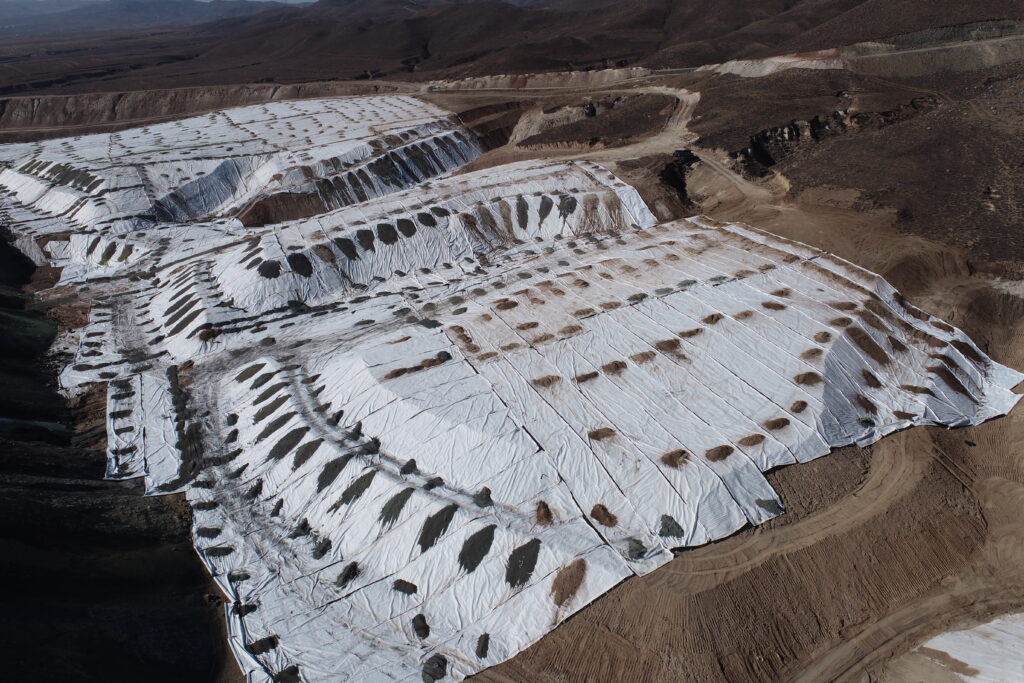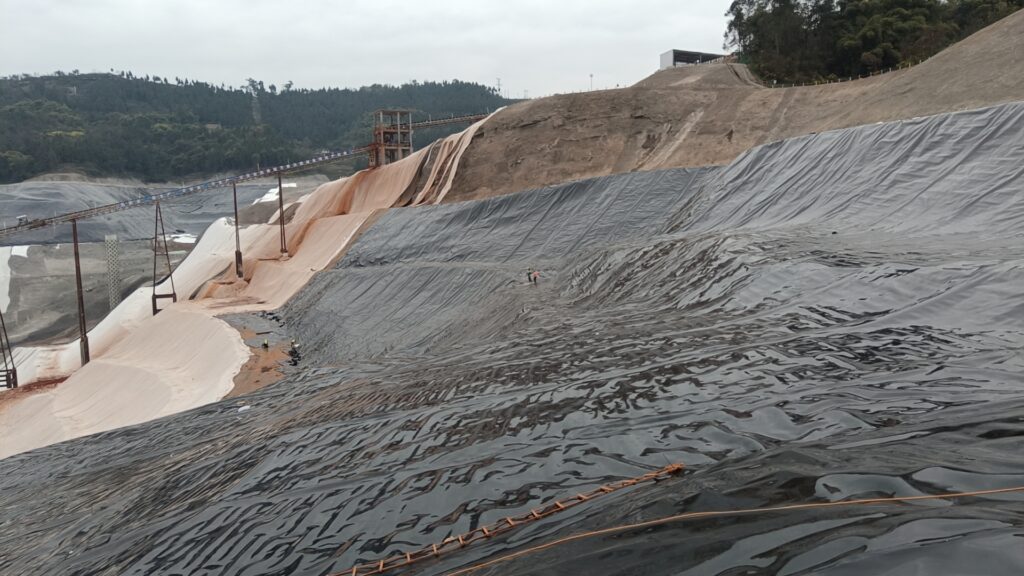which pond liner is best?
The best pond liner for your specific needs depends on various factors such as the size and shape of your pond, the type of aquatic life you plan to keep, your budget, and environmental considerations. Here are some common types of pond liners and their characteristics:
EPDM Rubber Liners: EPDM (ethylene propylene diene monomer) liners are popular due to their durability, flexibility, and resistance to UV radiation. They are suitable for ponds of various shapes and sizes and are generally long-lasting.
PVC Liners: PVC (polyvinyl chloride) liners are often more affordable than EPDM liners. They are lightweight, easy to install, and come in various thicknesses. However, PVC liners may degrade over time when exposed to UV radiation.
HDPE Liners: High-density polyethylene (HDPE) liners are durable and resistant to punctures and UV radiation. They are typically thicker and heavier than other liners, making them suitable for larger ponds and commercial applications.
Butyl Rubber Liners: Butyl rubber liners are similar to EPDM liners in terms of durability and flexibility. They are resistant to UV radiation and have good puncture resistance. However, they are often more expensive than other types of liners.
Fiberglass Liners: Fiberglass liners are pre-formed and rigid, making them suitable for ponds with simple shapes. They are durable and long-lasting but may be more challenging to install compared to flexible liners.
When choosing a pond liner, consider factors such as the liner’s longevity, flexibility, resistance to punctures and UV radiation, ease of installation, and compatibility with aquatic life. It’s also essential to properly prepare the pond substrate and consider adding protective layers such as underlayment to prevent damage to the liner. Additionally, consult with a pond specialist or professional installer to determine the best liner option for your specific pond requirements.

What is the quality of hdpe pond liner?
HDPE (High-Density Polyethylene) pond liners are known for their high quality and durability. Here are some key qualities of HDPE pond liners: Durability: HDPE liners are highly durable and resistant to punctures, tears, and abrasions. They can withstand harsh weather conditions, temperature fluctuations, and UV radiation exposure without deteriorating quickly. Chemical Resistance: HDPE liners are resistant to a wide range of chemicals commonly found in ponds, such as fertilizers, pesticides, and other water treatment chemicals. This resistance helps maintain water quality and prevents the liner from degrading due to chemical exposure. Flexibility: Although HDPE liners are thicker and heavier compared to other types of liners, they still offer a degree of flexibility. This flexibility allows them to conform to the shape of the pond and accommodate minor ground movements without risking damage. UV Resistance: HDPE liners are formulated with UV stabilizers to resist degradation from prolonged exposure to sunlight. This UV resistance helps prolong the lifespan of the liner and prevents cracking or brittleness over time. Environmentally Friendly: HDPE liners are considered environmentally friendly because they are inert and do not leach harmful chemicals into the water. They are also recyclable, making them a sustainable option for pond construction and maintenance. Overall, HDPE pond liners are a popular choice for both residential and commercial ponds due to their superior quality, longevity, and resistance to various environmental factors. However, they may be more expensive upfront compared to other types of liners, but their durability and low maintenance requirements often make them a cost-effective investment in the long run.
Which is better, hdpe pond liner or pvc pond liner?
Deciding whether HDPE (High-Density Polyethylene) or PVC (Polyvinyl Chloride) pond liner is better depends on several factors, including your specific needs, budget, and the environment where the pond will be located. Here’s a comparison of HDPE and PVC pond liners to help you make an informed decision:
Durability:
HDPE liners are known for their high durability and resistance to punctures, tears, and UV radiation. They can withstand harsh weather conditions and temperature fluctuations without deteriorating quickly.
PVC liners are generally less durable than HDPE liners and may degrade over time when exposed to UV radiation. However, they are still suitable for many pond applications and can be an economical choice for smaller ponds with less demanding conditions.
Flexibility:
HDPE liners tend to be thicker and less flexible compared to PVC liners. While they offer some degree of flexibility, they may not conform as easily to the shape of irregularly shaped ponds or accommodate ground movements as well as PVC liners.
PVC liners are more flexible and lightweight, making them easier to install and mold to the contours of the pond. This flexibility can be advantageous for ponds with complex shapes or uneven terrain.
Cost:
HDPE liners are typically more expensive than PVC liners upfront due to their higher quality and durability. However, they often provide better long-term value due to their extended lifespan and lower maintenance requirements.
PVC liners are generally more affordable than HDPE liners, making them a budget-friendly option for smaller ponds or temporary installations.
Environmental Considerations:
Both HDPE and PVC liners are considered environmentally safe and do not leach harmful chemicals into the water. However, HDPE liners are recyclable and may be considered more environmentally friendly than PVC liners, which are not easily recyclable.
In summary, HDPE pond liners are often preferred for their superior durability and longevity, especially for larger ponds or ponds exposed to harsh environmental conditions. However, PVC liners can be a cost-effective option for smaller ponds or projects with less demanding requirements. Ultimately, the best choice depends on your specific needs, budget, and the conditions of your pond site.
近期文章
Author
-

Founded in 2002, Tinhy's team focuses on the manufacturing, marketing, installation, application and research and development of geosynthetic materials.
View all posts

